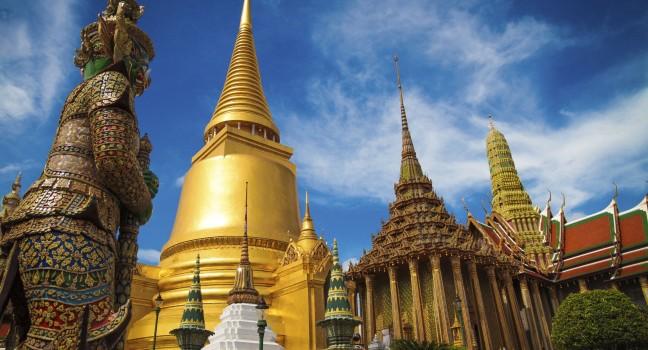Grand Palace

This is one of Bangkok's most revered spots and one of its most visited. King Rama I built this walled city in 1782, when he moved the capital across the river from Thonburi. The palace and adjoining structures only got more opulent as subsequent monarchs added their own touches. The grounds are open to visitors, but the buildings are not. They're used only for state occasions and royal ceremonies. On rare occasions, rooms in the Chakri Maha Prasat Palace—considered the official residence of the king, even though he does not live here—are sometimes open to visitors. Admission for the complex includes entrance to Dusit Palace Park. Note, proper attire (no flip-flops, shorts, or bare shoulders or midriffs) is required, if you forget, you will be loaned unflattering but more demure shirts and shoes at the entrance (deposit required). You can buy tickets online.



